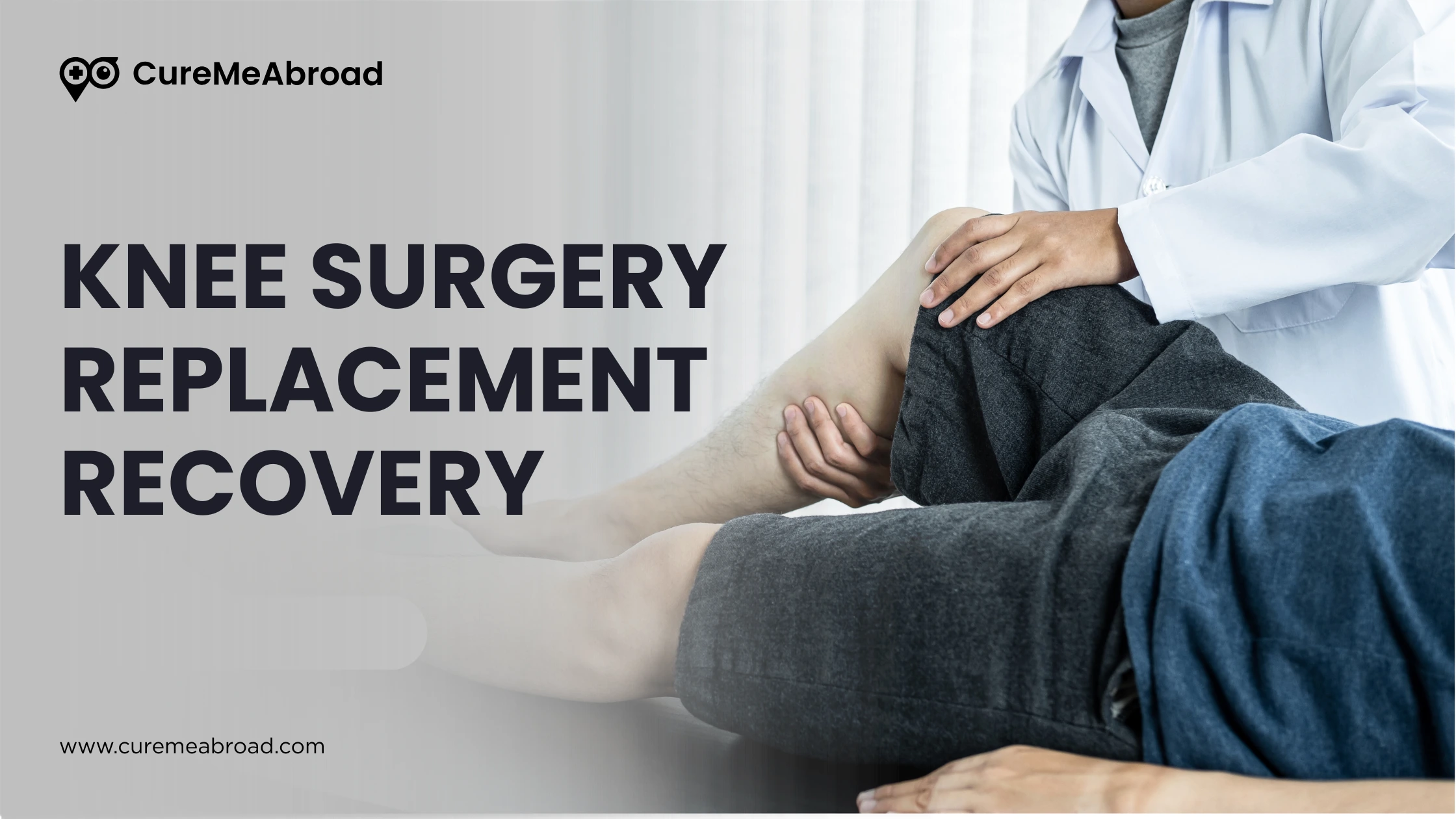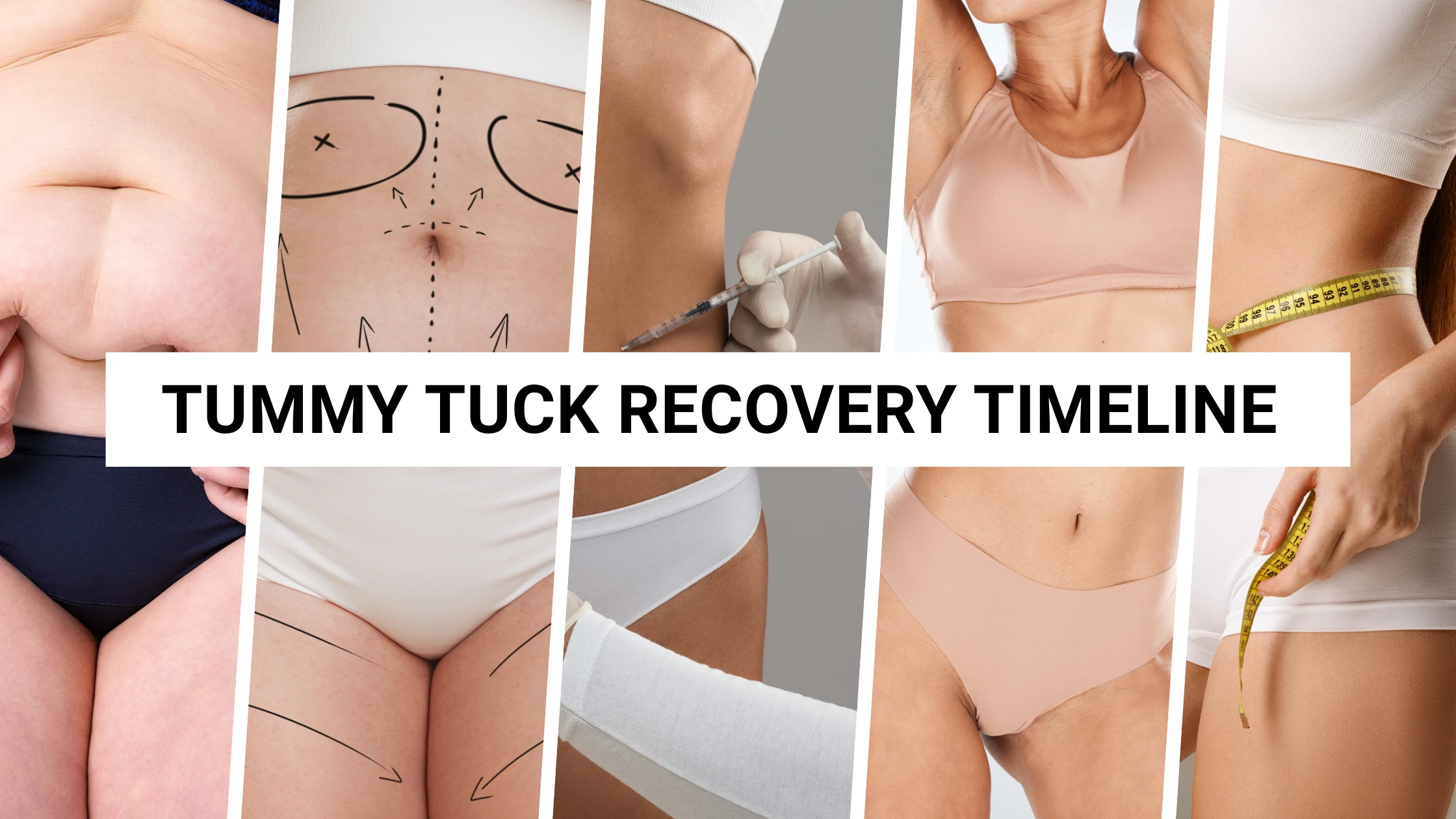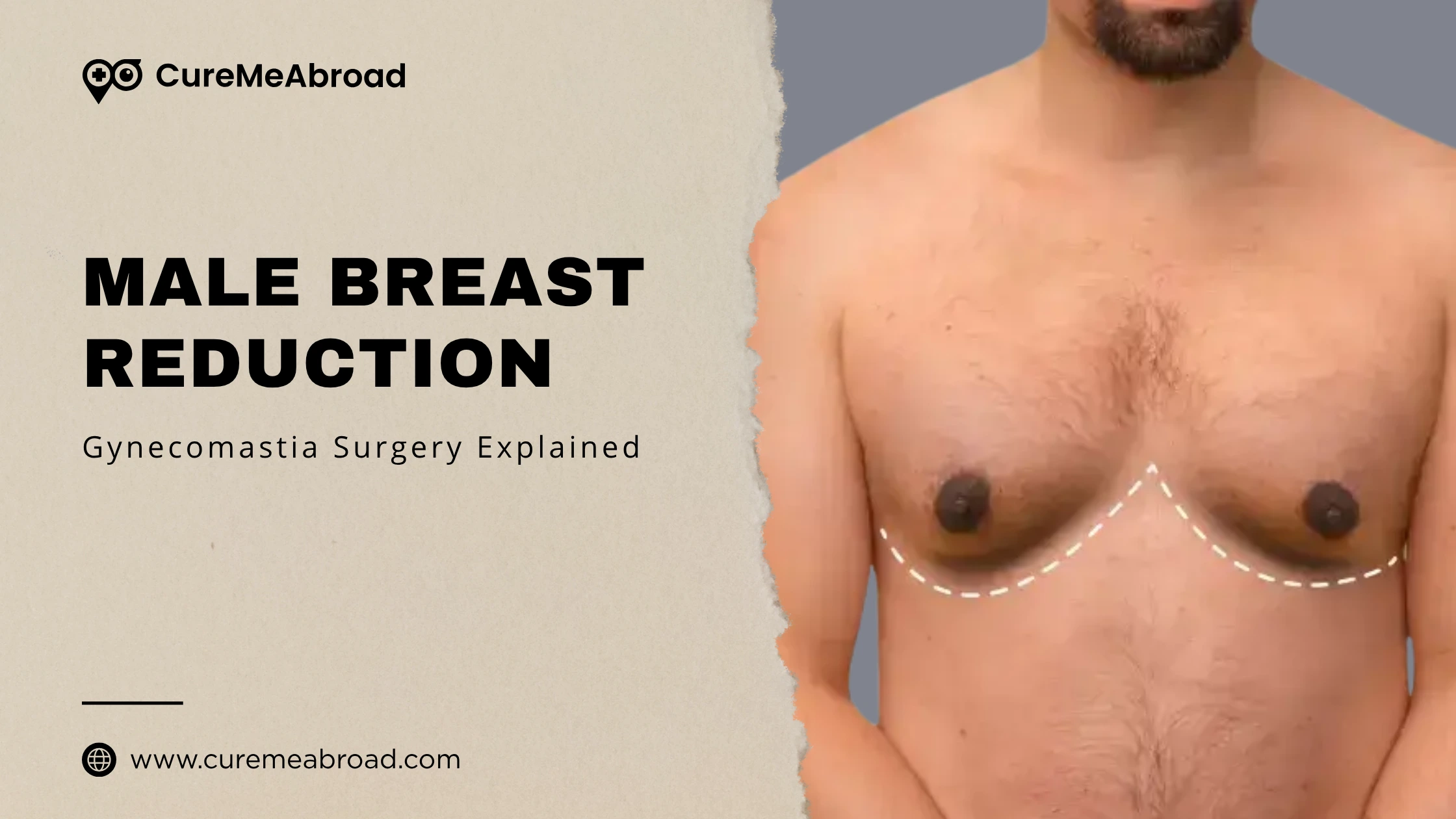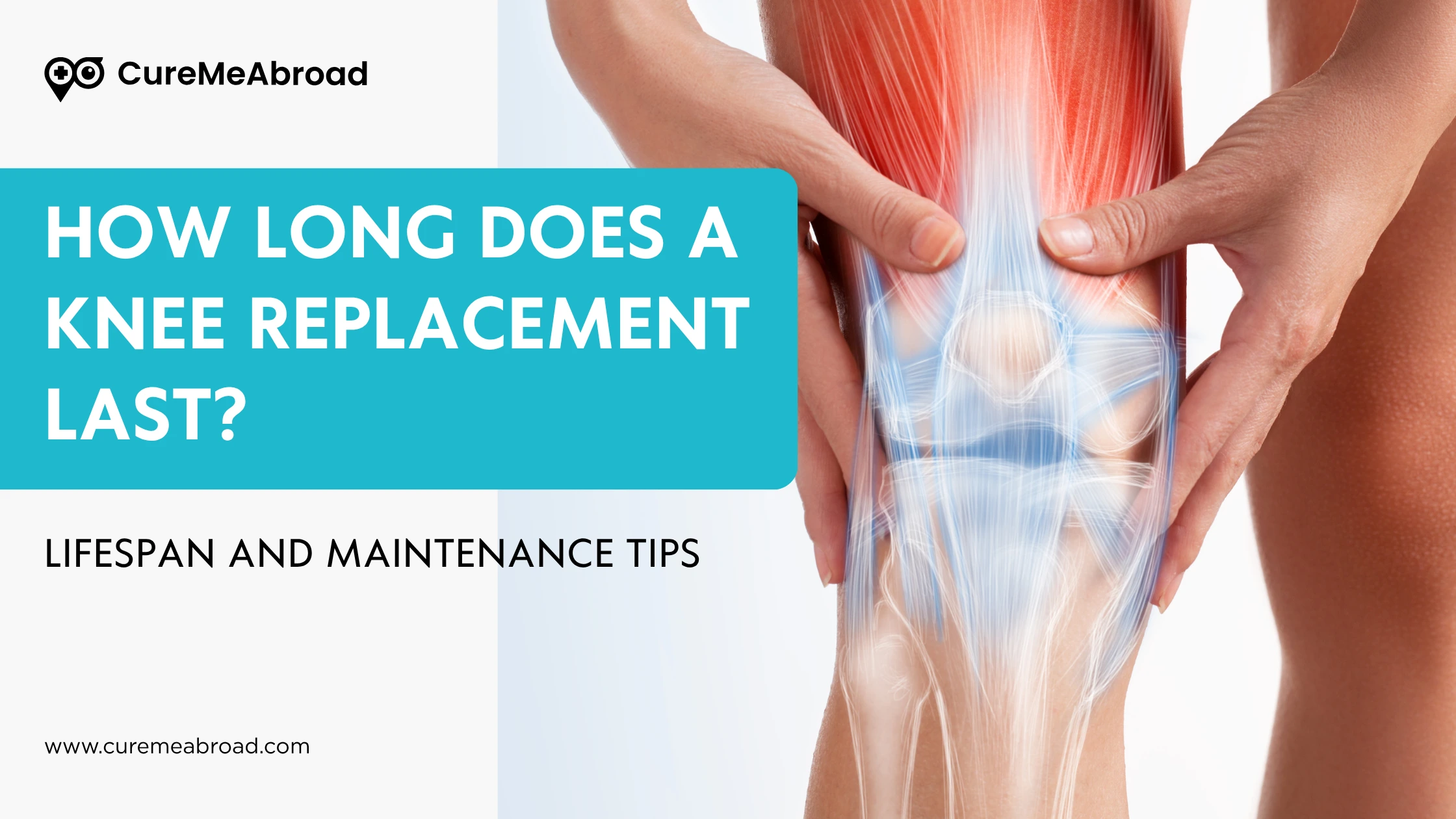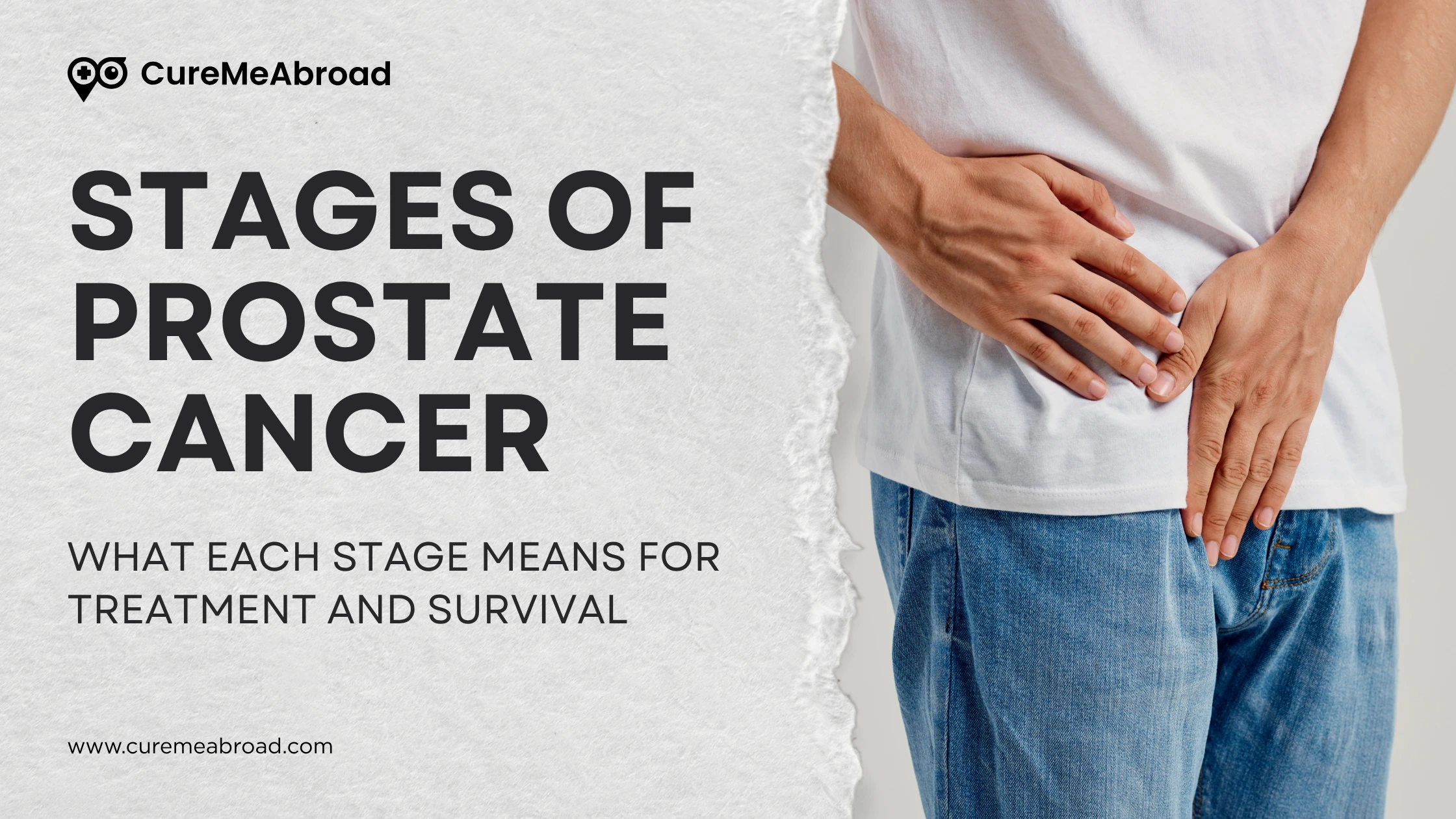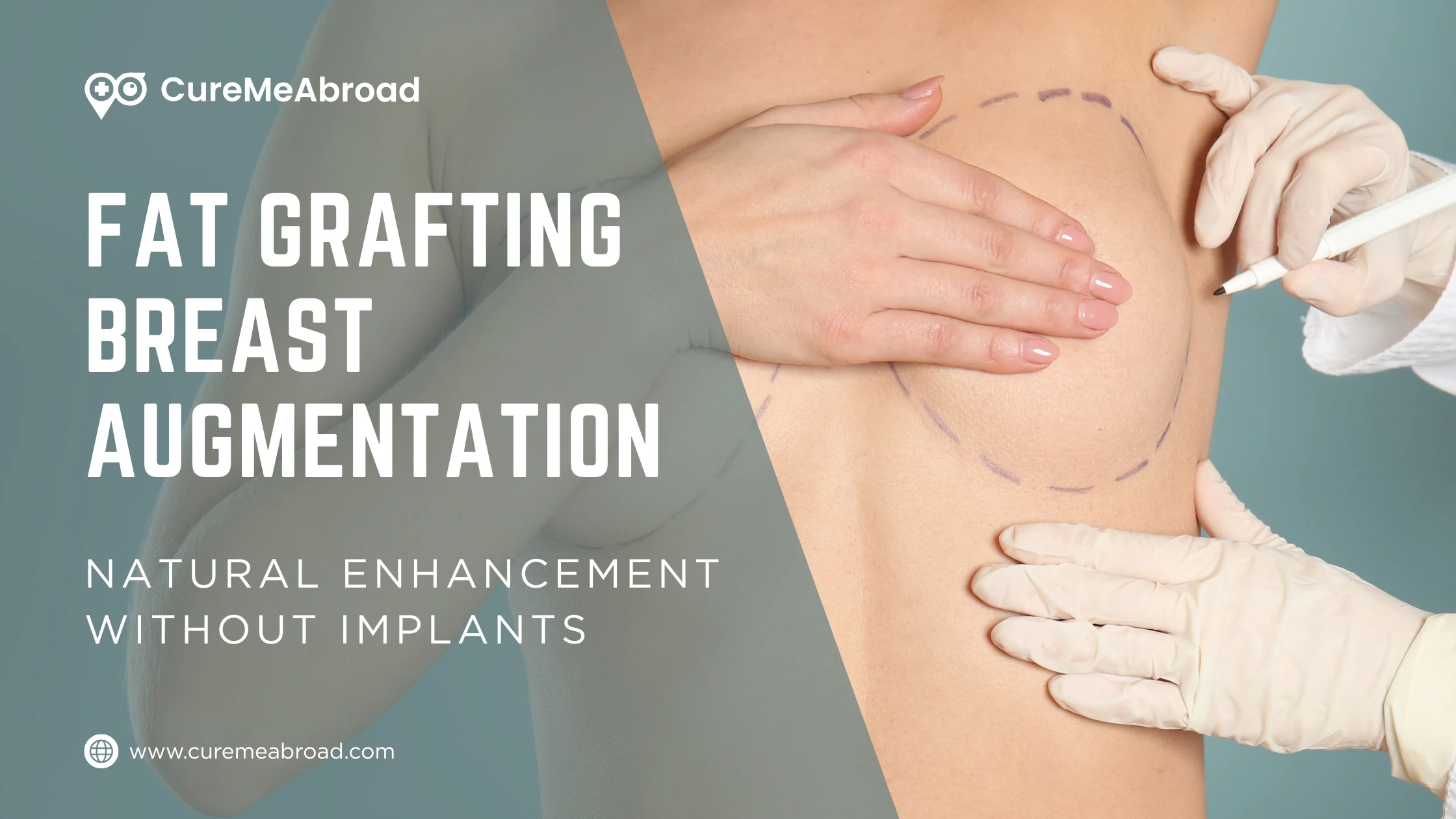Knee replacement surgery, also known as knee arthroplasty, is a common orthopedic procedure performed to relieve pain and restore mobility in patients with severe knee joint damage, often due to arthritis, trauma, or degenerative conditions. While the surgery itself is an important step toward improving quality of life, the recovery process plays an equally vital role in determining the overall outcome. A smooth and well-managed recovery helps patients regain strength, flexibility, and independence, while also reducing the risk of complications. In this article, we will explore what to expect during knee replacement recovery, including the timeline, rehabilitation strategies, and practical tips for ensuring the best possible results.
Conditions Treated with Knee Replacement
Knee replacement surgery is often recommended when everyday activities become difficult due to severe knee problems that no longer respond to nonsurgical options like medicines, injections, or physiotherapy. If you’re struggling with persistent knee pain, stiffness, swelling, or limited movement, your doctor may consider this surgery as the next step.
The most common reason people undergo knee replacement is arthritis. In fact, osteoarthritis, the gradual wear and tear of cartilage is the leading cause. Some patients with rheumatoid arthritis may also benefit when inflammation damages the joint.
In rare cases, knee replacement may be needed after a serious knee injury or fracture that leads to post-traumatic arthritis. This type of arthritis can develop following:
- Car accidents
- Major falls
- Sports-related injuries
By replacing the damaged joint with an artificial one, knee replacement can significantly reduce pain, restore mobility, and help patients return to an active, independent lifestyle.
RECOVERY AND WHAT TO EXPECT
Recovery Timeline after Total Knee Replacement (TKR)
Recovering from knee replacement surgery is a gradual process, and everyone heals at a slightly different pace. While your surgeon and physiotherapist will give you a personalized plan, here’s a general week-by-week guide of what you can expect during the first three months after surgery.
Day 1: The First Step
Recovery begins as soon as you wake up from surgery. Depending on your case, you may go home the same day (outpatient) or stay in the hospital for a short period. A physical therapist (PT) will help you stand and walk using an assistive device such as a walker, crutches, or cane. You’ll learn how to safely get in and out of bed, use the toilet, and walk a few steps. Before discharge, your PT will give you simple home exercises to start immediately. Most patients begin physical therapy within the first 24 hours.
Goal: Safely stand, walk a short distance, and begin gentle exercises to restore knee movement.
Week 1: Building the Basics
Your first week at home focuses on mobility, gentle strengthening, and pain control. Continue your daily PT exercises to improve flexibility and range of motion. Start gait training (relearning a normal walking pattern). You may begin light use of a stationary exercise bike if advised. Manage swelling and pain with prescribed medications, ice, and leg elevation. Important: Avoid overexertion. Stop if you notice severe pain, excessive swelling, or prolonged soreness. Goal: Achieve full knee extension (straightening) and begin gradual bending.
By Week 3: Gaining Independence
At this stage, most patients notice steady improvements. Many progress from a walker to a cane, or sometimes no device at all. Walking and standing for 10 minutes or more becomes easier. Showering and daily self-care tasks get more comfortable. Pain is typically managed with over-the-counter medication instead of strong prescriptions.
Goal: Walk short distances independently, continue improving mobility, and build confidence in daily activities.
Weeks 4–6: Returning to Daily Life
This period usually brings a big leap forward in function. Strength and knee motion improve noticeably. Most people can resume household tasks like light cooking and cleaning. Depending on your job, you may return to work (desk jobs: 4–6 weeks; active jobs: up to 3 months). Some patients start driving again after clearance from their surgeon. Travel becomes safer after 6 weeks, though prolonged sitting should still be limited.
Goal: Walk longer distances, manage daily routines independently, and reduce reliance on pain medication.
Weeks 7–11: Active Recovery
You’ll continue structured physical therapy to push your recovery further.
Expect to achieve around 120° of knee bend and stronger surrounding muscles. Exercises may include mini squats, step-ups, balance training, and cycling on a stationary bike. Recreational activities like swimming, gentle walking, and cycling are typically safe. Stiffness and swelling are minimal by now.
Goal: Regain strength, endurance, and near-normal walking without assistance.
Week 12 and Beyond: Regaining Lifestyle
By the 3-month mark, most patients feel a major improvement in their quality of life. Pain is much less or completely gone. You can return to low-impact activities like golf, dancing, swimming, and cycling. High-impact activities (running, jumping, basketball, etc.) should still be avoided to protect your implant. Your knee will continue to get stronger for 6–12 months after surgery.
Goal: Resume normal lifestyle activities with confidence and minimal discomfort.
Long-Term Outlook
With proper care, a knee replacement can last 15–20 years for most patients. Staying active with safe exercises like walking and cycling, avoiding high-impact sports, and following up with your doctor will help keep your new knee healthy. Key Takeaway: The first 12 weeks after surgery are the most important. By committing to your rehab plan and listening to your healthcare team, you’ll set yourself up for long-term success and a more active, pain-free life.
FAQS
How long does it take to fully recover from knee replacement surgery? Most people resume normal daily activities within 3 months. However, complete recovery and full strength can take 6–12 months, depending on your age, health, and commitment to rehabilitation.
When can I start walking after surgery? In most cases, patients start walking (with the help of a walker or crutches) within 24 hours after surgery. The goal is to walk short distances daily and gradually increase as your knee gets stronger.
How painful is recovery? Some pain, swelling, and stiffness are expected in the first few weeks. Pain usually improves steadily and can be managed with prescribed medication, ice therapy, and physiotherapy. By 6–12 weeks, most people report much less pain than before surgery.
When can I drive again? If your left knee was replaced and you drive an automatic car, you may return to driving in 2–3 weeks. For the right knee or manual cars, it usually takes 4–6 weeks, but only after your surgeon clears you and you’re off strong pain medication.
Will I need physiotherapy after knee replacement? Yes. Physical therapy is the cornerstone of recovery. It helps restore knee strength, flexibility, and balance. Most patients continue PT for at least 6–12 weeks after surgery.
How soon can I go back to work? Desk jobs: 4–6 weeks Jobs involving walking/lifting: 3 months or more Your surgeon will guide you based on your progress.
Can I travel after knee surgery? Short trips may be possible after a few weeks, but long-distance travel (especially flights) is safest after 6 weeks to reduce the risk of blood clots. Always check with your doctor first.
What activities should I avoid after knee replacement? Avoid high-impact sports and activities such as running, jumping, basketball, or football. Stick to low-impact options like walking, cycling, swimming, and golf to protect your implant.
How long will my knee replacement last? With proper care, most modern implants last 15–20 years. Maintaining a healthy weight, staying active with safe exercises, and following up regularly with your doctor will help extend the lifespan of your new knee.
Is swelling normal after knee replacement? Yes, swelling may last for several weeks to months. Using ice packs, elevating your leg, and wearing compression stockings (if advised) can help reduce it.
Every recovery journey is unique. Stay consistent with your rehab program, and always follow your surgeon and physiotherapist’s instructions for the best results.

